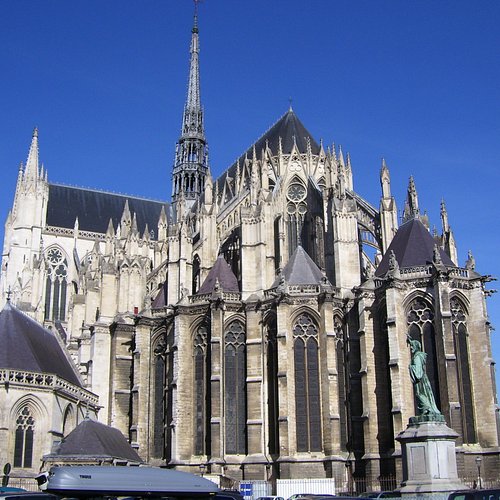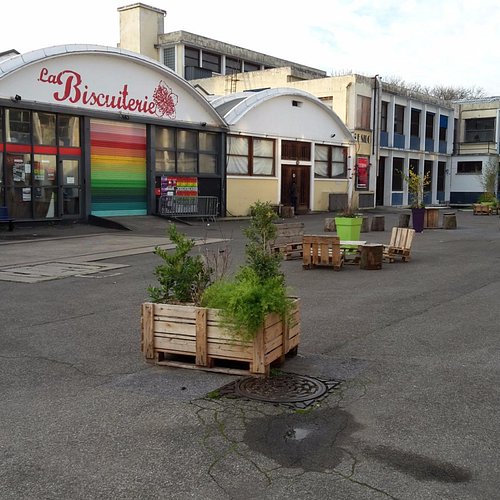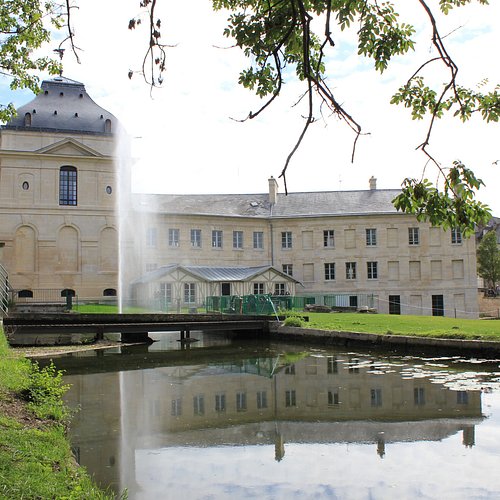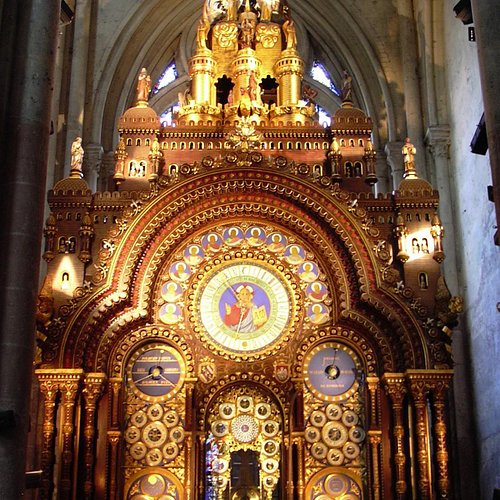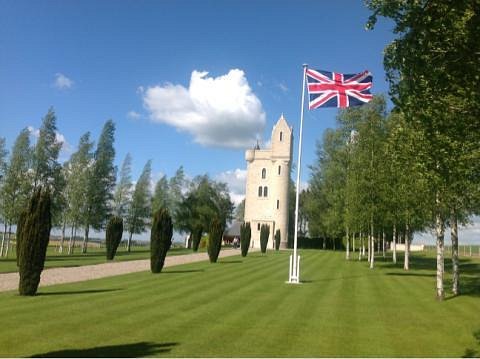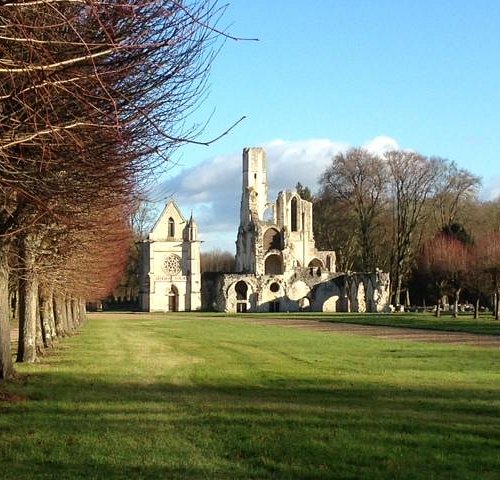Things to do in Picardy, Hauts-de-France: The Best Points of Interest & Landmarks
Discover the best top things to do in Picardy, France including Table d'orientation du Hautebut t on, Australian National Memorial, Pozieres Memorial, Cathedrale Notre-Dame d'Amiens, Le Silo U1, Pavillon de Manse, Cathedrale Saint-Pierre, L'Hotel de Ville de Saint-Quentin, Ulster Memorial Tower, Abbaye de Chaalis.
Restaurants in Picardy
1. Table d'orientation du Hautebut t on
2. Australian National Memorial
Overall Ratings
5.0 based on 320 reviews
The Australian National Memorial was inaugurated in 1938 to commemorate all Australian soldiers who fought in France and Belgium during the First World War. The names of over 10,000 Australian soldiers with no known grave are listed on its walls. The memorial is adjacent the Villers-Bretonneux Military Cemetery and the Sir John Monash Centre.
Reviewed By 613stevenp - Mackay, Australia
Very moving experience, Villers Bretonneux the town holds Australia close in its heart, some houses even display Australian flags. Love how the school has a giant banner in the school ground saying NEVER FORGET AUSTRALIA, but to see how many Australians were killed is confronting.
3. Pozieres Memorial
Overall Ratings
5.0 based on 72 reviews
The POZIERES MEMORIAL relates to the period of crisis in March and April 1918 when the Allied Fifth Army was driven back by overwhelming numbers across the former Somme battlefields, and the months that followed before the Advance to Victory, which began on 8 August 1918. The Memorial commemorates over 14,000 casualties of the United Kingdom and 300 of the South African Forces who have no known grave and who died on the Somme from 21 March to 7 August 1918. The Corps and Regiments most largely represented are The Rifle Brigade with over 600 names, The Durham Light Infantry with approximately 600 names, the Machine Gun Corps with over 500, The Manchester Regiment with approximately 500 and The Royal Horse and Royal Field Artillery with over 400 names. The memorial encloses POZIERES BRITISH CEMETERY, Plot II of which contains original burials of 1916, 1917 and 1918, carried out by fighting units and field ambulances. The remaining plots were made after the Armistice when graves were brought in from the battlefields immediately surrounding the cemetery, the majority of them of soldiers who died in the Autumn of 1916 during the latter stages of the Battle of the Somme, but a few represent the fighting in August 1918. There are now 2,758 Commonwealth servicemen buried or commemorated in this cemetery. 1,380 of the burials are unidentified but there are special memorials to 23 casualties known or believed to be buried among them. There is also 1 German soldier buried here. The cemetery and memorial were designed by W.H. Cowlishaw, with sculpture by Laurence A. Turner. The memorial was unveiled by Sir Horace Smith-Dorrien on 4 August 1930.
Reviewed By elsie505 - Chislehurst, United Kingdom
Beyond words, such loss. The cemetry gardens were beautiful, the flowers in full bloom amongst the headstones...so many young men buried, so many names on the walls....
4. Cathedrale Notre-Dame d'Amiens
Overall Ratings
4.5 based on 4,266 reviews
Amiens Cathedral is one of the finest examples of late Gothic art in Europe. It is also the Cathedral of records since it is the largest in France and the spire rises to a height of 112.70 meters. The towers provide splendid views of the city and of the last medieval steeple still be seen on a Cathedral. Re-opening of the Cathedral Treasury. Cathedral designated world heritage site by UNESCO. Open: > April, May, June, September: Guided tour at 3 p.m. and 4.30 p.m. except Saturday and Sunday, Unaccompanied tour from 2.30 to 5.15 p.m. > July, August: Guided tour at 11 a.m., Unaccompanied tour from 2.30 p.m. to 5.15 p.m. > October to March: Guided tour at 3.45 p.m. Closed: > Tuesdays. > 1st January, 1st May and 25th December. > Last Sunday in September. Admission fees: Adults : 7,50 €; Concessions (18 to 25) = 4,50 €; Free admission: minors under 18*; Free admission: 18-25 years old* (citizens of one of the 27 countries of the EU or are non-European permanent residents of France) * excluding school groups
Reviewed By 187147George - Paris, France
This beautiful cathedral has a summer 22.00 light and music show for around 35 minutes The transformation on the cathedral facade is exceptional and extremely well performed. I would definitely recommend this free show
5. Le Silo U1
6. Pavillon de Manse
Overall Ratings
4.5 based on 91 reviews
On the Nonette River, in the heart of Chantilly, the Pavillon de Manse was built at the end of the 17th century by the Prince of Condé and transformed during the 19th century by the duke of Aumale. Designed by J.H Mansart and listed as an historic monument, the old mill houses the Prince of Condé's Machine des Grandes Eaux (1679) and the Duke of Aumale's hydraulic machinery room.
Reviewed By hospitalityke - Mombasa, Kenya
Recently rehabilitated, it's simply beautiful. There was a lot to see with regards to the architecture, the history of the place makes it all the more interesting.
7. Cathedrale Saint-Pierre
Overall Ratings
4.5 based on 886 reviews
Reviewed By 305carab - San Antonio, United States
The cathedral is a gorgeous example of beautiful gothic architecture...the stain glass alone makes the cathedral worth a visit. Make sure to do a lap around the outside of the cathedral as well, there’s some really neat old timey buildings and homes around the backside! It looks like the cathedral is undergoing some renovations on the inside and along the outside a bit as well, so just a heads up on that. But definitely recommend.
8. L'Hotel de Ville de Saint-Quentin
Overall Ratings
4.5 based on 113 reviews
Reviewed By diannem161
The carvings around the front of the building depicting scenes from medeival life are unmissable. As a bonus, there's usualy something interesting going on in the square outside.
9. Ulster Memorial Tower
Overall Ratings
4.5 based on 219 reviews
Reviewed By 892alastairc - Morpeth, United Kingdom
Beautiful peaceful Memorial! the location of the tower not far from The Thiepval Memorial is appropriate, staffed by Ulster volunteers they keep the grounds immaculate and also they run the tea rooms which are very welcome to thirsty visitors. I immediately spied a tea pot and thought aah a decent cuppa excellent! As I am sure like us most thoughtful visitors will have had plenty to contemplate by the time they reach the Ulster Tower and the welcome calm of this memorial allowed contemplation of the sacrifice of a whole generation right across the United Kingdom. May they never be forgotten!




